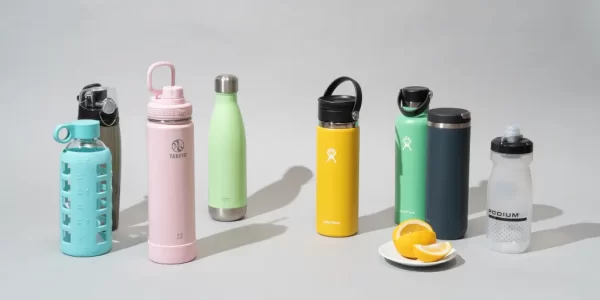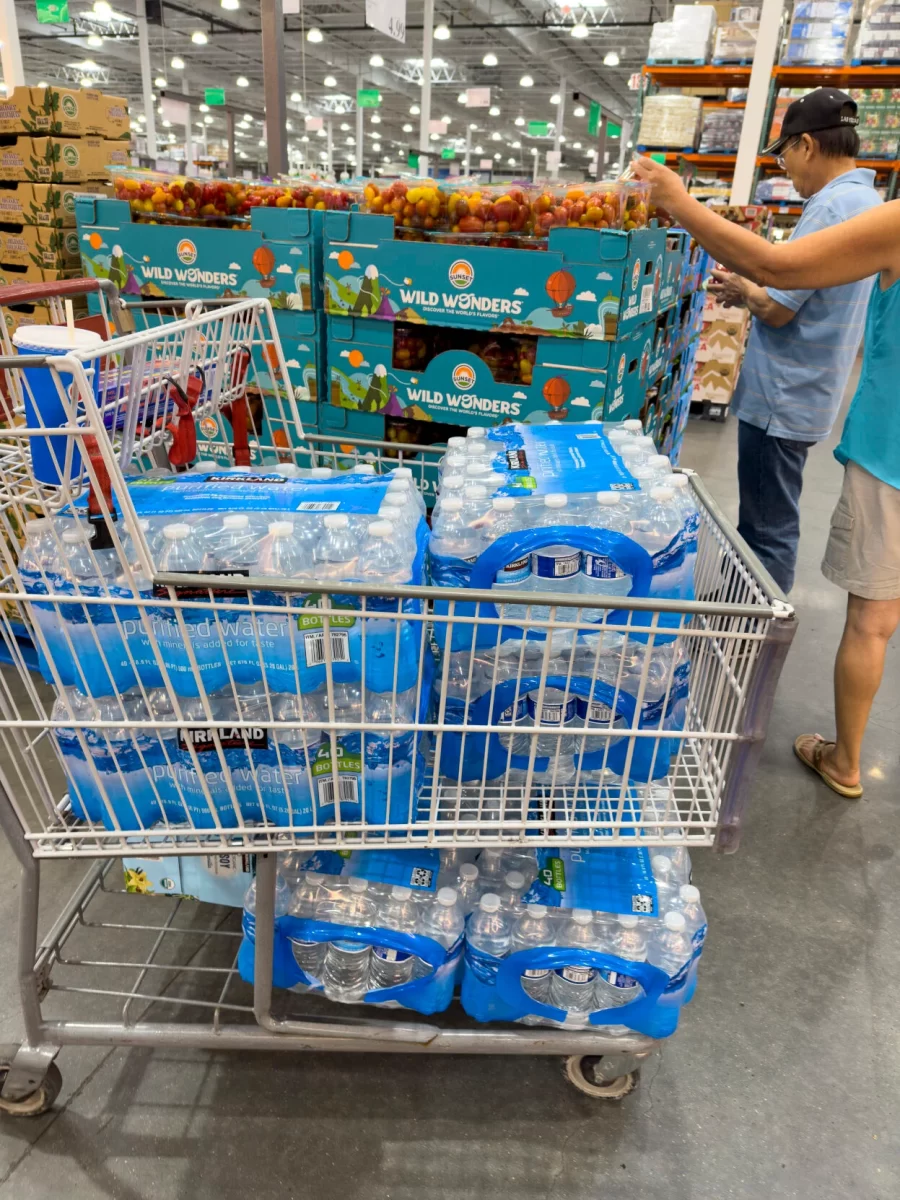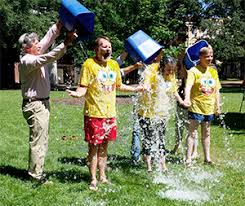Record-breaking high temperatures and low levels of rainfall over the past year and summer made the Mississippi River level fall to historic lows. Paired with a mass of saltwater in the Gulf of Mexico, the Mississippi is in prime condition for saltwater intrusion.
New Orleans’ drinking water is obtained from facilities that purify water from the Mississippi. However, with saltwater intrusion, these facilities will be unable to purify the water to potable standards. Most south Louisianians will have undrinkable tap water until the problem’s cessation.
Louisiana Officials and the U.S. Army Corps of Engineers have dubbed the Gulf’s mass of saltwater the “saltwater wedge.” Officials predict this wedge will reach water purification plants by October.
In July, the U.S. Army Corps of Engineers commenced the construction of an underwater levee. It is supposed to impede the upstream flow of saltwater. Saltwater is more dense than freshwater, so it will stay underneath the freshwater and move along the bottom of the river. However, this preventative measure will only stop the saltwater’s movement for 10 to 15 days unless there is significant rainfall beforehand, which forecasters deem unlikely.
The Corps is also planning ahead for when the saltwater will inevitably enter water purification facilities. The Corps’ primary plan is to utilize barges to transport freshwater to water purification facilities. This combination of freshwater with saltwater will hopefully balance salinity levels and allow the facilities to produce drinkable water. As the saltwater intrusion increases, these facilities could require as much as 36 gallons of water per day. If the Corps is not able to meet this daily requirement, then the plants will produce undrinkable water with high salinity levels.
Other New Orleans officials have proposed the creation of a pipeline that supplies freshwater from locations on the Mississippi river farther upstream. However, this pipeline would require 100-250 million dollars in federal funding.
Not only does saltwater intrusion create a shortage of drinking water, water with high salinity levels corrodes pipes. Metals in corroded pipes can leach into the water. Many pipes in New Orleans and especially those in older houses contain lead. Lead can enter the body through consumption or inhalation. Symptoms of lead poisoning are severe and include death in extreme cases.
Many residents are stocking up on bottled water, creating high levels of demand. Sometimes wholesale stores such as Costco and Sam’s Club run out of bottled water by the end of the day. In addition, shoppers have completely depleted the bottled water aisles of smaller grocery stores. Grocers are forced to supply pallets of bottled water packages to shoppers from storage multiple times each day to appease the growing demand.
The sight of people walking out of the grocery store with five to ten packages of bottled water is growing in frequency. Some people equated this demand to the toilet paper crisis of the COVID-19 pandemic. Thankfully, the state has worked to supply extra bottled water to areas in southern Louisiana that have been under drinking water advisories since June.
A few days ago a boil water advisory was placed upon New Orleans due to a water main failure that prompted the water pressure to drop. The salt water intrusion would force a month-long boil water advisory, the events from Friday were a small taste of the future. It is important to recognize these impacts and plan ahead.
At schools, boil water advisories are extremely dangerous because they can create dehydration. At Newman, we are lucky that the school provides access to drinking water during boil water advisories, especially because proper hydration is key to academic performance and physical performance for our student-athletes.
As this problem persists, I would recommend that each student brings a large water bottle filled with water to school each day. This will help lessen the demand on the school to provide each student with water. Additionally, if you have an extra reusable water bottle or plastic water bottles at home, it might be a good idea to bring an extra water bottle to school each day. This is extremely important for student-athletes who should maintain proper hydration throughout the school day. To limit our environmental impact, I would suggest bringing a reusable bottle if possible, however, if this is not feasible, an extra plastic water bottle is better than nothing. Outside of school, students should prioritize drinking water at home during the evening while working on homework and in the mornings before school.

https://www.nytimes.com/2023/09/23/us/saltwater-mississippi-new-orleans.html








